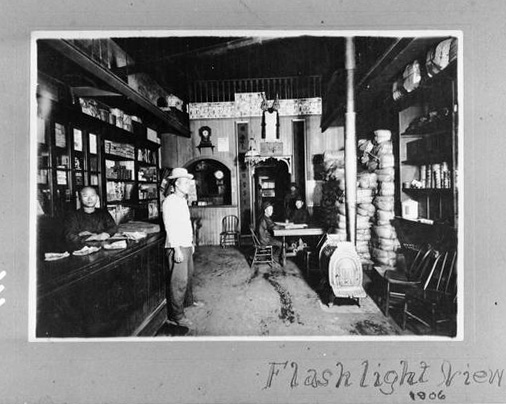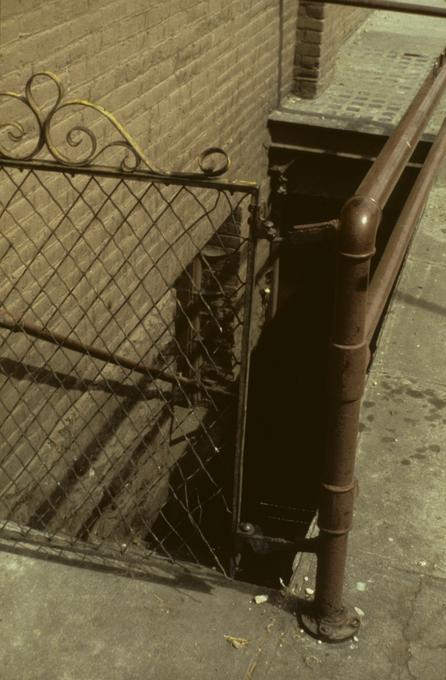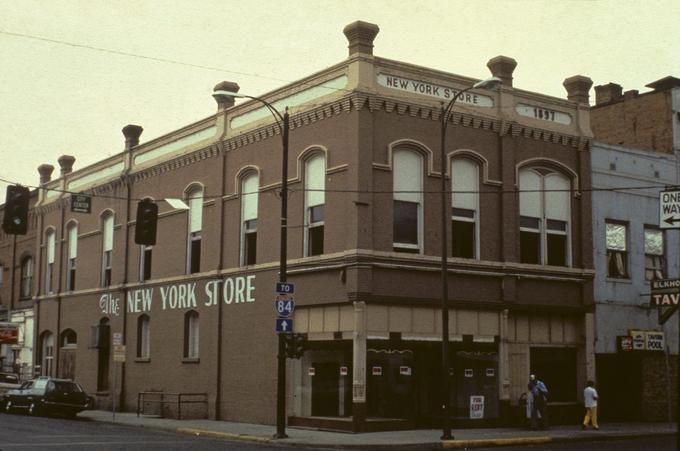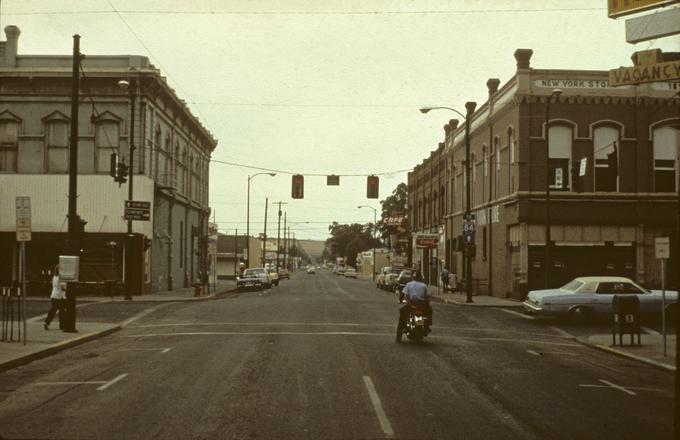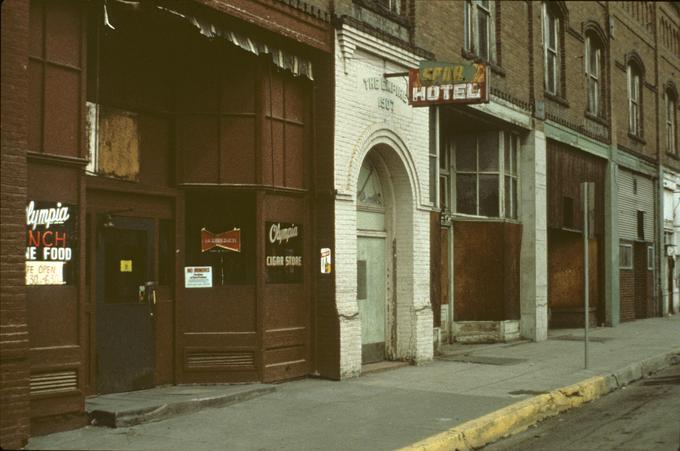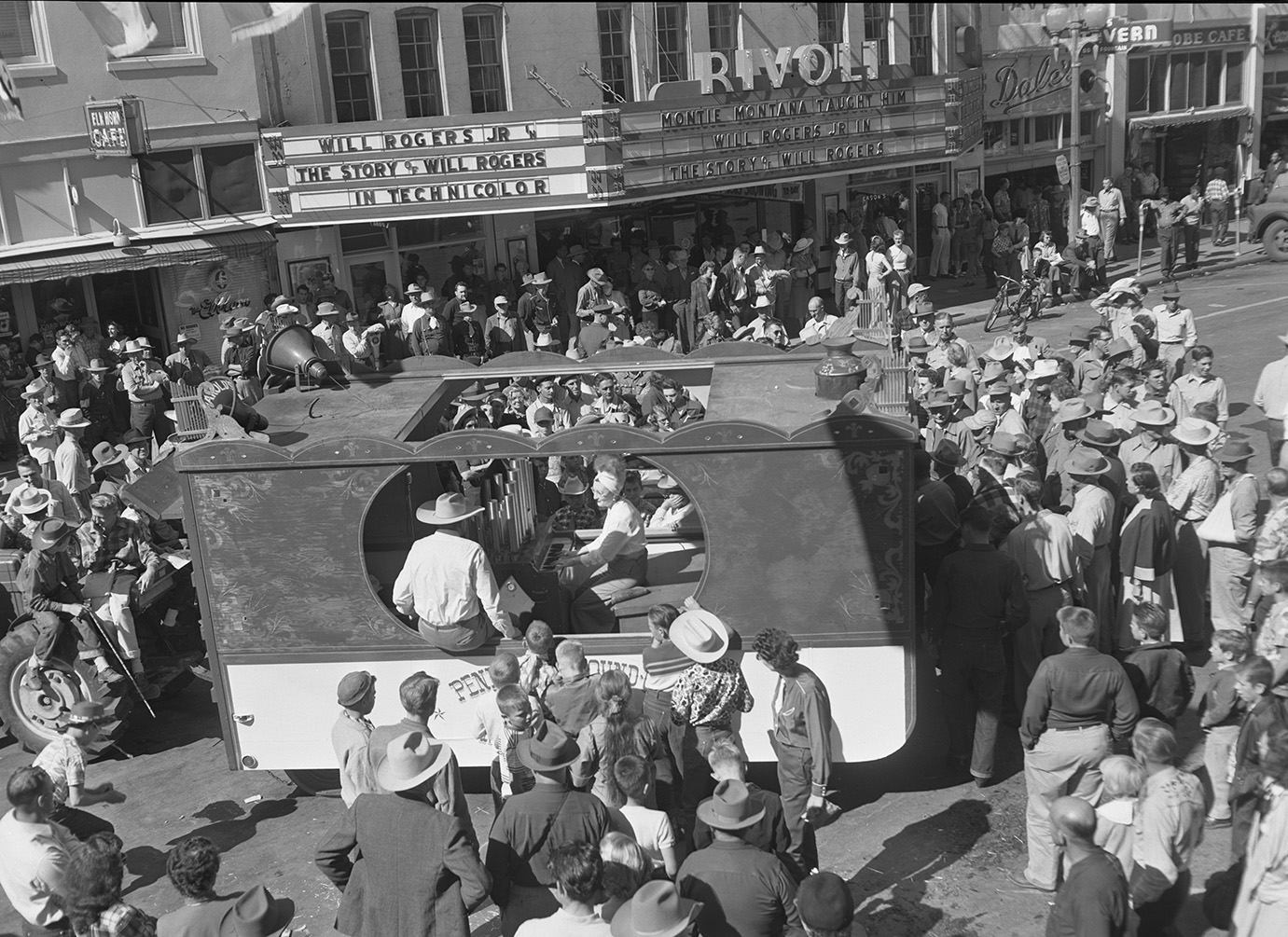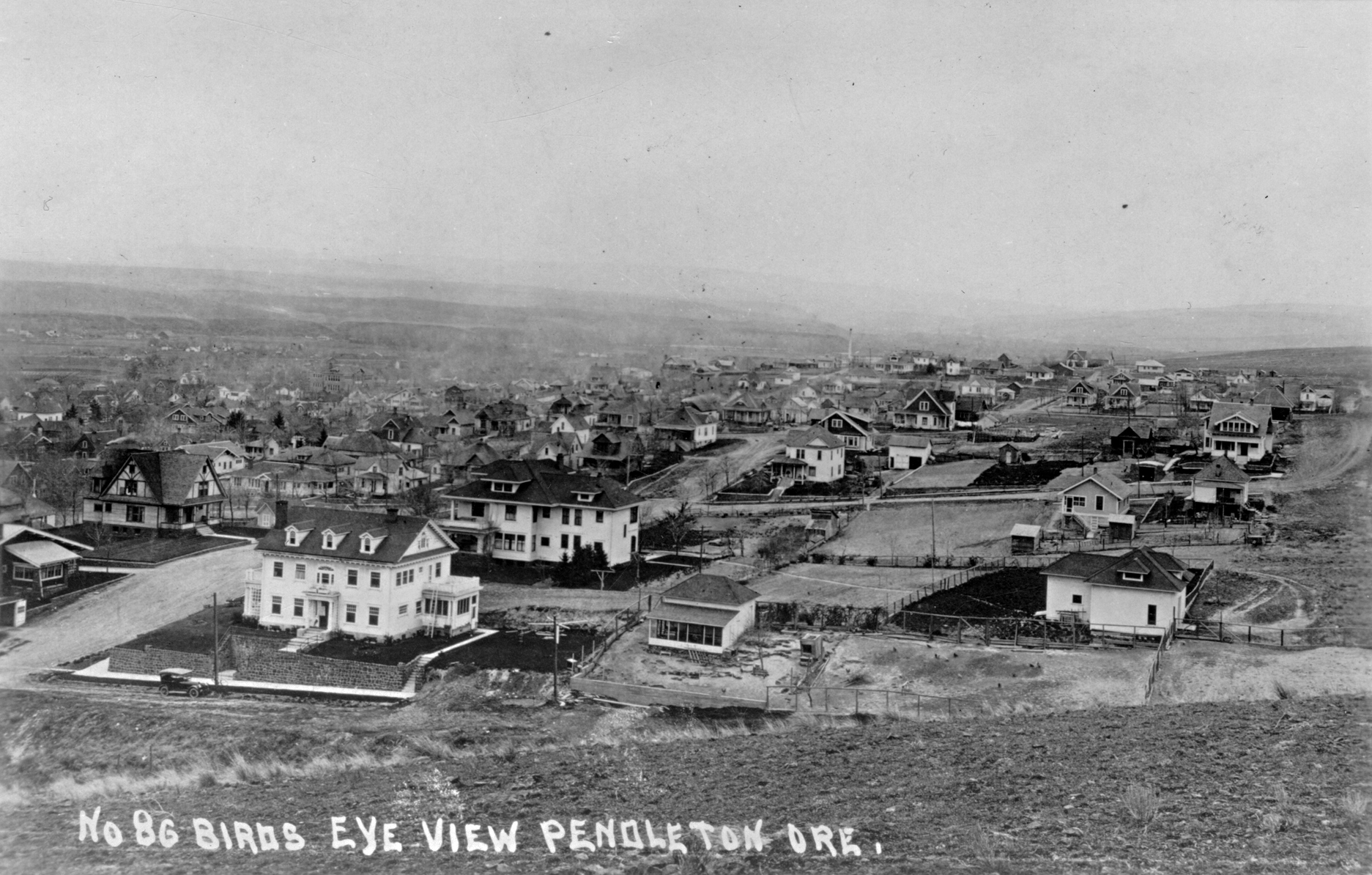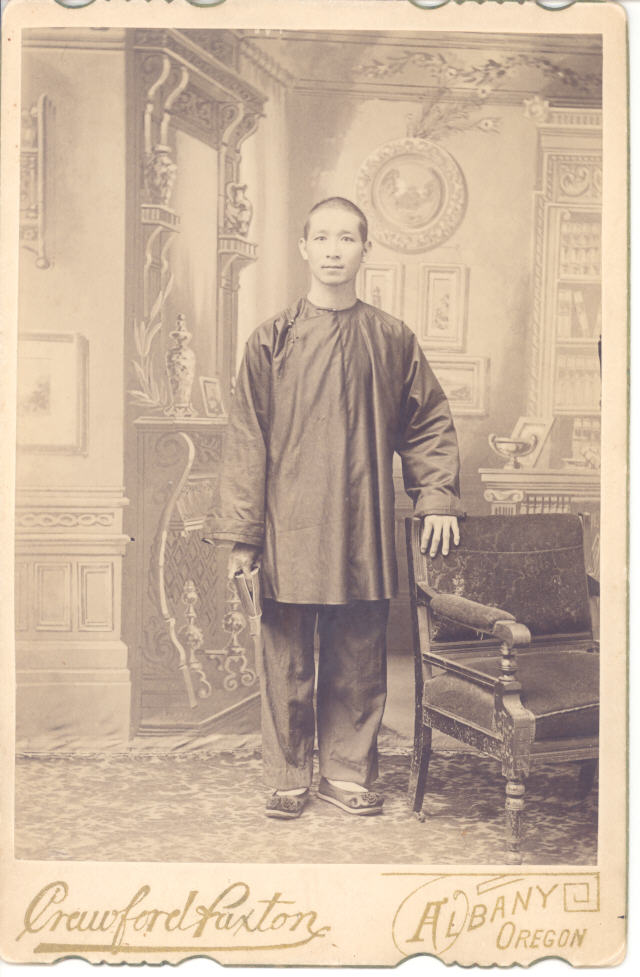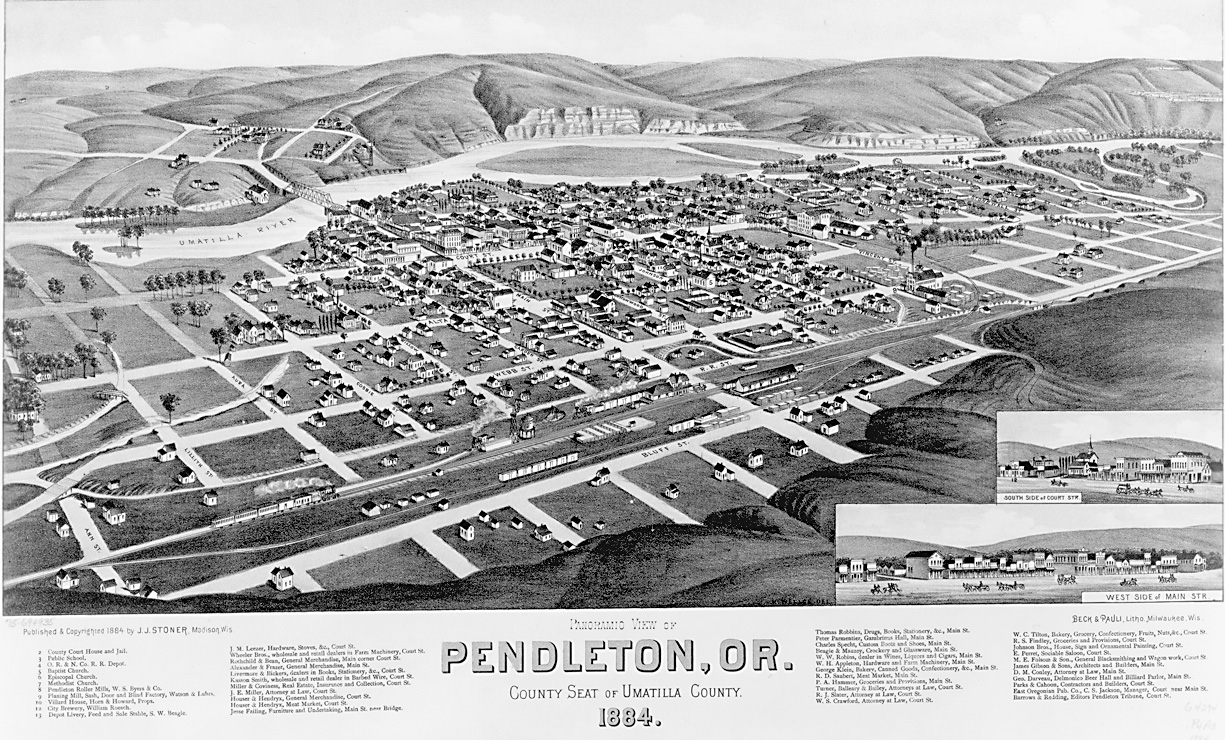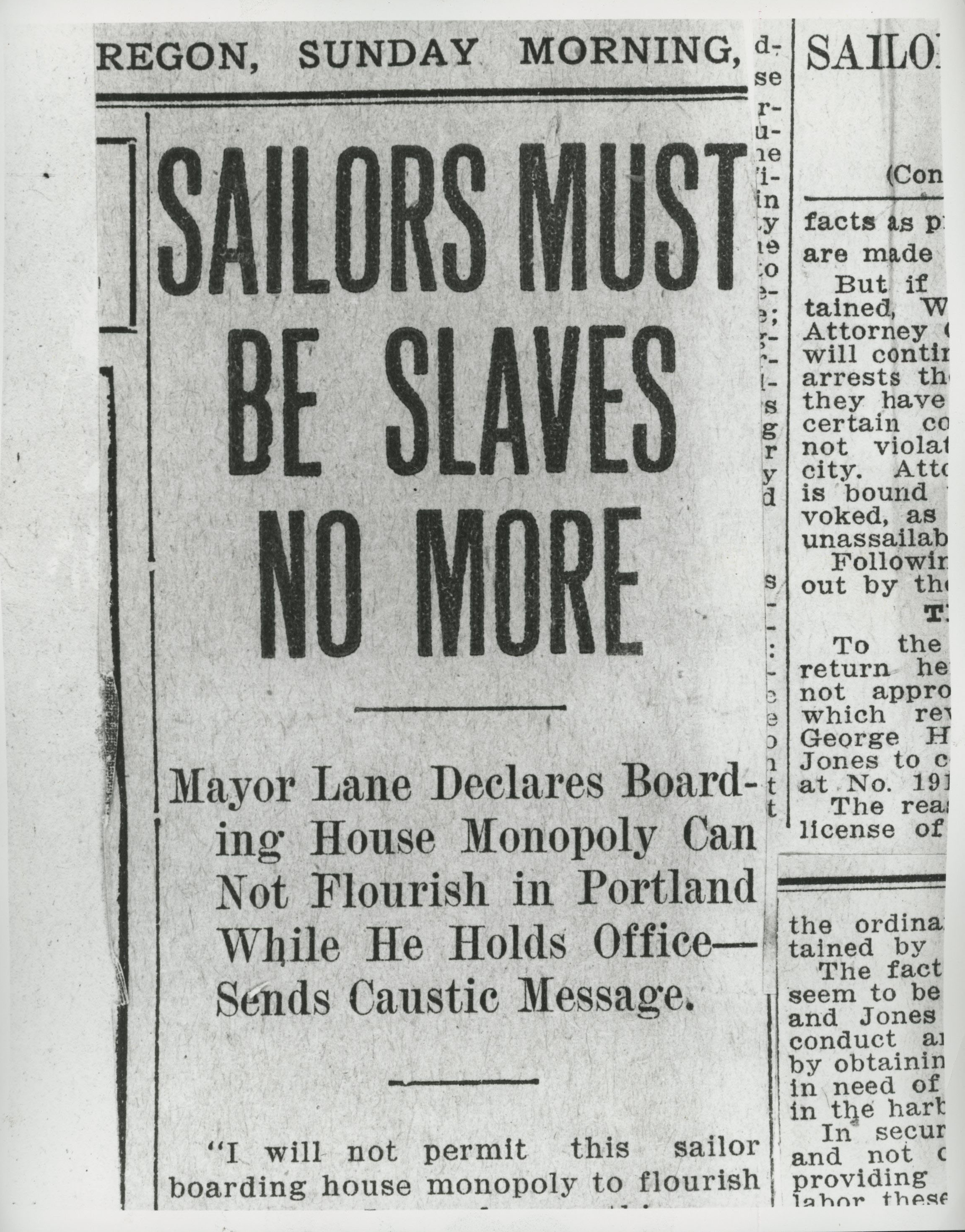Pendleton is one of several Oregon communities rumored to have underground passageways that were built and occupied by Chinese residents during the late nineteenth and early twentieth centuries. Since the late 1980s, tourism, media depictions, and works of fiction have promoted and embellished these rumors to the extent that certain subterranean structures along Main and Emigrant Streets in Pendleton are now widely referred to as the “Underground” and believed to have been built by Chinese residents. Despite their growing popularity, these claims are not supported by historical evidence and perpetuate racist Asian stereotypes.
Documentary research, architectural evidence, oral histories, and archaeological excavations have been used to evaluate “Chinese tunnel” claims in communities across the American West. Those studies demonstrate that most Chinese tunnel myths arose from misinterpretations of underground or aboveground features and from generationally exaggerated lore. Where underground features exist, scholars have consistently concluded that storm drains, steam tunnels, basements, and sidewalk voids or vaults are the most likely sources of Chinese tunnel mythology. The myths are supported only by lore and persistent racist stereotypes that associate Chinese immigrants with behaviors that non-Chinese populations deemed “mysterious” or “deviant.”
In Pendleton, the best-known Chinese tunnel myths are associated with the downtown block bounded by Dorion (formerly Alta), Main, Emigrant (formerly Webb), and Southwest First (formerly Garden) streets. The block includes historical buildings with basements, sidewalk voids/vaults, and other underground features that since 1989 have been publicized as the Pendleton Underground. According to the lore, the Pendleton Underground was once part of a larger tunnel network, extending between 70 and 150 miles and crossing under the Umatilla River.
Architectural evidence, historical maps, business directories, and oral histories indicate that the features now known as the Pendleton Underground neither were built by Chinese immigrants nor were they originally constructed as tunnel networks. The district surrounding the so-called Pendleton Underground experienced its first construction period between 1881 and 1905, when Chinese immigrants built and occupied many of the buildings. They were primarily small, one- to two-story wood frame structures that housed residential and commercial property. Between 1907 and 1937, many of those buildings were replaced by brick buildings that frequently contained two or more stories of commercial space and, for the first time, basements.
The brick Empire Block building (1907), for example, originally included three street-level storefronts, each with a “partitioned basement” accessed by a staircase from the floor or street above. In subsequent years, the southwest corner basement was converted to a commercial card room, which, along with the basements of the Empire Block and Hendricks (1897) buildings, now form the nucleus of the Pendleton Underground tours. These basements may have once shared thresholds with sidewalk voids or vaults to allow for the direct delivery of goods or may have shared doorways with each other, but the ensuing connection to public utilities, changes in delivery methods, and commercial turnover transformed basement configuration. In addition, Pendleton Underground tours reconfigured subterranean features by creating hallways, removing walls, and relocating doorways to accommodate the tours.
Both the Empire Block and the Hendricks building were built by European Americans. Historical maps show that by the time of their construction, Chinese residents were no longer the primary occupants of the surrounding neighborhood. By 1910, only two Chinese-owned businesses remained on the block, neither of them along the Pendleton Underground tour route. The last Chinese American-run business on the block was the Oregon Café, which operated until the late 1960s. Wayne Eng, whose family had managed the Oregon Café since the 1920s, reported that he had never seen any evidence of tunnels under the café.
The downtown blocks of Pendleton overlie subterranean basements, sidewalk voids/vaults, and other features. Continued modification of the urban landscape has erased the original configuration of these features; yet historical, archaeological, and oral history data from Pendleton’s Chinese American community indicate that what is now known as the Pendleton Underground was not constructed as a tunnel network nor was it exclusively built or occupied by nineteenth-century Chinese immigrants.
-
![]()
Chinese-owned retail shop, Pendleton, 1906.
Courtesy University of Oregon Libraries, photograph by Lee Moorhouse -
![]()
Stairs to basement, Hendricks Building, Pendleton.
Courtesy University of Oregon Libraries -
![]()
New York Store, Hendricks Building, Pendleton.
Courtesy University of Oregon Libraries -
![]()
Empire Building block, Pendleton.
Courtesy University of Oregon Libraries -
![]()
Empire Building, Pendleton.
Courtesy University of Oregon Libraries -
![]()
Rivoli Theatre building, Main St., Pendleton, Round-Up Parade, 1952.
Oregon Historical Society Research Library, Org. Lot 1284 -
![Pendleton Bird's-eye view (unknown date).]()
Pendleton, birds eye view of, ba014764.
Pendleton Bird's-eye view (unknown date). Oreg. Hist. Soc. Research Lib., ba014764
Related Entries
-
![Chinese Americans in Oregon]()
Chinese Americans in Oregon
The Pioneer Period, 1850-1860 The Cantonese-Chinese were the first Chi…
-
![Pendleton]()
Pendleton
Pendleton, a city of 17,107 in the 2020 census, sits in the foothills o…
-
![Shanghaiing in Portland and the Shanghai Tunnels Myth]()
Shanghaiing in Portland and the Shanghai Tunnels Myth
Since the 1970s, a myth has grown up that propounds the existence of a …
Map This on the Oregon History WayFinder
The Oregon History Wayfinder is an interactive map that identifies significant places, people, and events in Oregon history.
Further Reading
Ardnt, Bert. “National Register of Historic Places Inventory Nomination Form for the Empire Block Building, Pendleton, Oregon,” 1981. Document on file, Oregon State Historic Preservation Office, Salem, Oregon.
Frazier, Joseph B. “Walking the West.” Lewiston (ID) Morning Tribune, May 17, 1998.
Lim, Imogene L. “Pacific Entry, Pacific Century: Chinatowns and Chinese Canadian History.” In Re/collecting Early Asian America: Essays in Cultural History, edited by Josephine Lee, Imogene L. Lim, and Yuko Matsukawa, pp. 15–30. Philadelphia, Penn.: Temple University Press, 2002.
Manning, Nikki M. Historic Underground Missoula. Charleston, S.C.: The History Press, 2015.
Pfaelzer, Jean. Driven Out: The Forgotten War against Chinese Americans. New York, NY: Random House, 2007.
"Pendleton Directory." In R. L. Polk & Co's Baker City, La Grande, Pendleton and Union Directory, pp. 119–165. Portland, Ore.: R. L. Polk & Company, 1893.
Sargent, Gail. “National Register of Historic Places Inventory Nomination Form for the South Main Street Commercial Historic District, Pendleton, Oregon,” 1985-1986. Document on file, Oregon State Historic Preservation Office, Salem.
Severe, Pam, and Lon Thornburg. More on the Pendleton Underground. Bend, Ore.: Maverick Publications, 2003.
Tidswell, David. “Early Pendleton Was Site for Chinese Community.” Pioneer Trails 16.2 (1992): 6–20.
Wallach, Jeff. “There's Plenty More to Round Up in Pendleton besides Rodeo.” Portland Sunday Oregonian, September 29, 1996.
Wegars, Priscilla. “Exposing Negative Chinese Terminology and Stereotypes.” In Chinese Diaspora Archaeology in North America, edited by Chelsea Rose and J. Ryan Kennedy, pp. 83–108. Gainesville: University Press of Florida, 2020.

